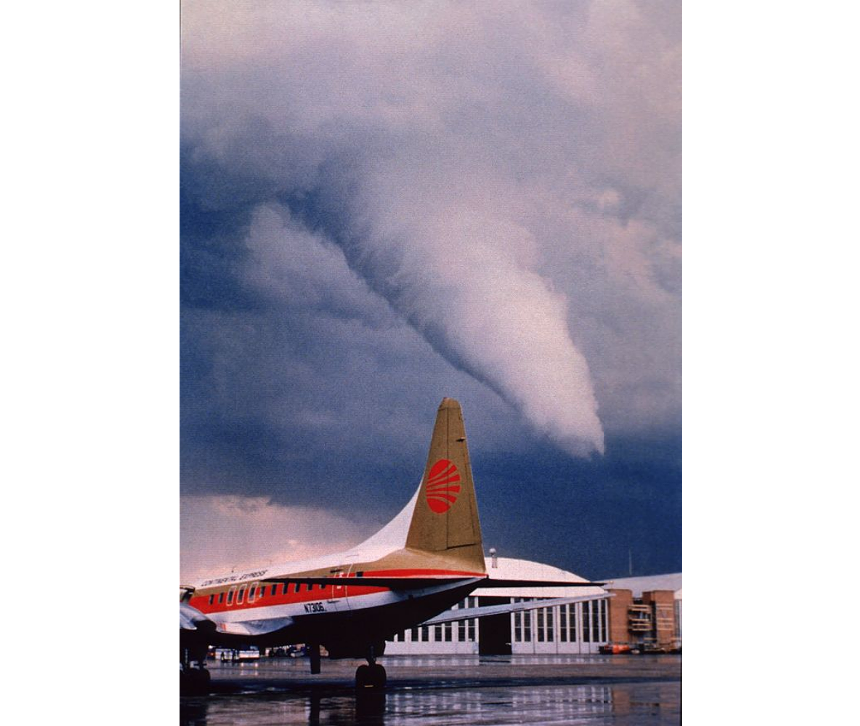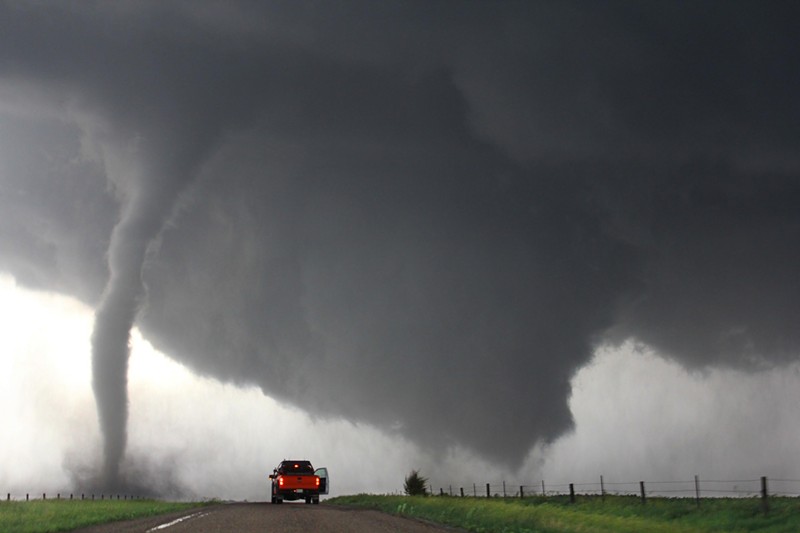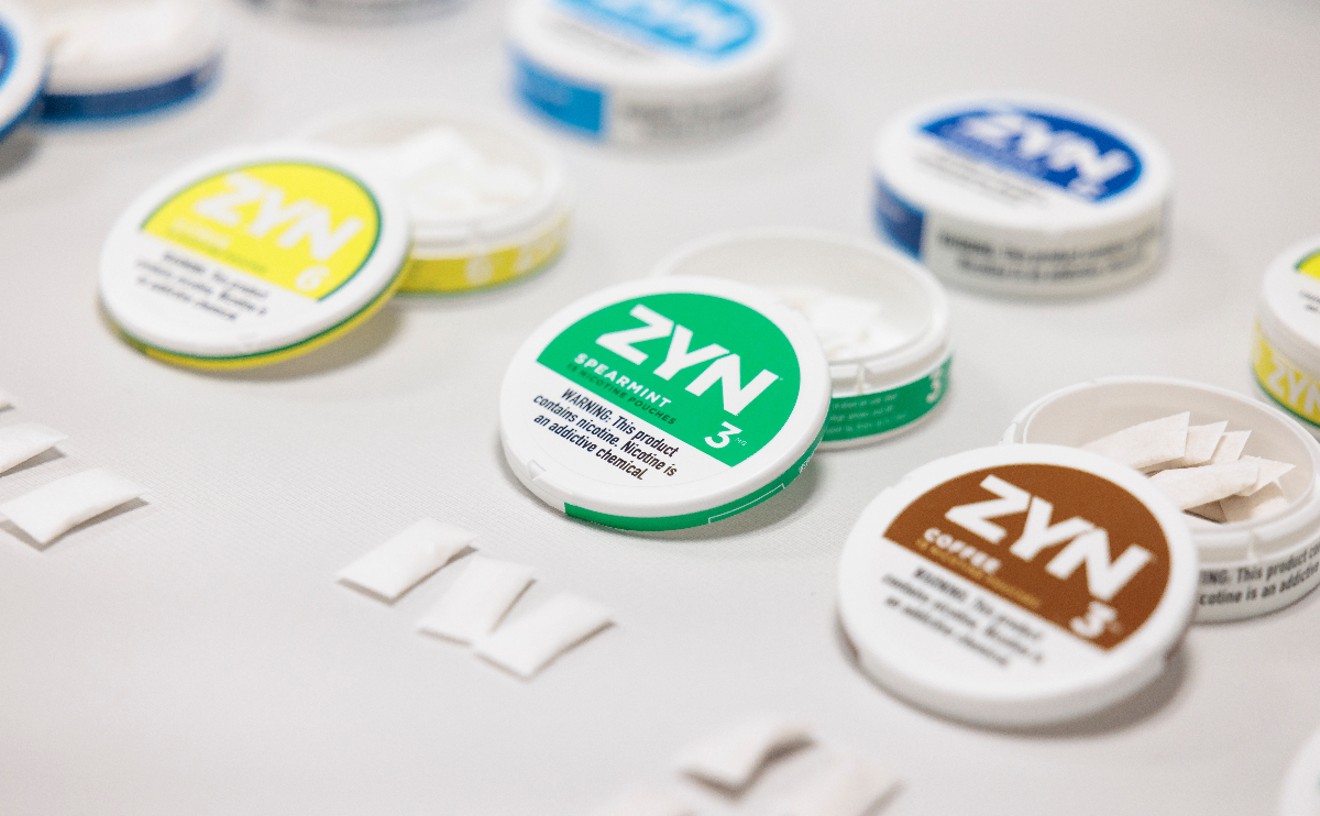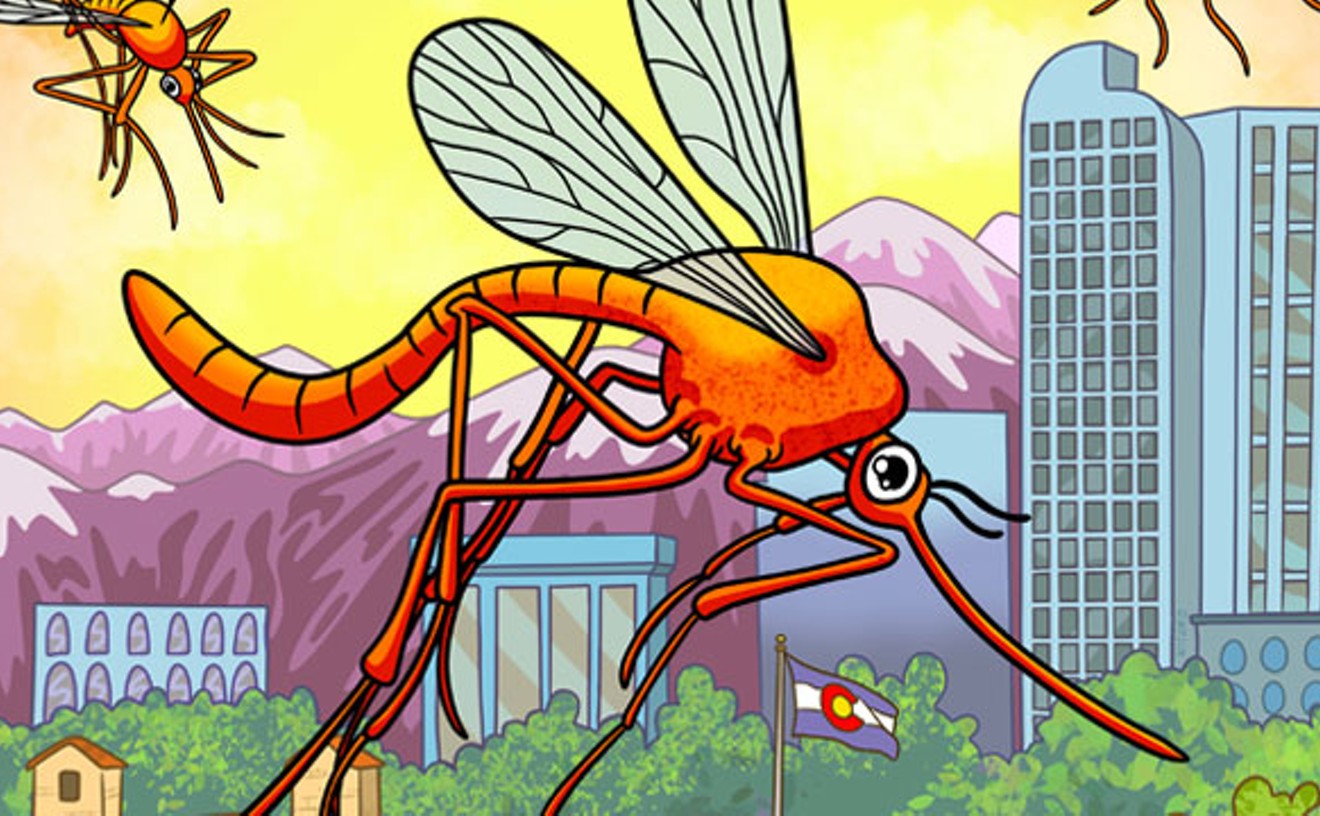Although not as notorious as Oklahoma or Kansas, there's plenty of tornado action around Colorado, and not just on the eastern plains.
In 2017, Weld County was ranked as the most tornado-prone county in the United States by the Weather Channel, while Adams County ranked third, with a combined 435 recorded tornado segments from 1950 to 2016. According to the Federal Emergency Management Agency (FEMA), which assesses both the risk of natural disasters and potential damage caused, the City and County of Denver currently ranks in the 98.3 percentile of tornado hazard risk among counties across the country, which is higher than both Adams and Weld counties.
Denver airports past and present have seen their fair share of tornadoes, according to the Tornado History Project. In 2013, a tornado spanning 75 yards traveled right past Denver International Airport. Although it ranked a one out of five on the Fujita magnitude scale, the tornado was estimated at 75 yards wide and traveled almost 2.5 miles before dissipating — imagine looking out of an airplane window and seeing that.
Colorado sees around fifty tornadoes per year, and the damage can be devastating. So before you go chasing twisters for TikTok followers, check out details of some of the state's most notable and destructive tornadoes so far.
Thurman, 1924
Of all the tornadoes in Colorado's recorded history, the 1924 tornado that hit Thurman could be the most infamous. Estimated to have been an F4 tornado, it formed in the afternoon just outside of town before tracking to a farm owned by Henry Kuhns, about four miles northeast of Thurman. The farm happened to be hosting a gathering when the tornado approached, and ten people died on the scene with one more death coming from injuries four months later, according to the National Weather Service, which calls the Thurman tornado the "deadliest tornado on record for the state of Colorado." Nine of the eleven people killed were children.
Holly, 2007
Part of a tornado outbreak that hit much of the central United States in 2007, the Holly tornado came fast and hard, according to local reports. After forming about two miles outside of the small town, the tornado grew to a half-mile wide and reached F3-status with maximum winds of 150 miles per hour. After it was all done, two people died, eight were injured and 23 homes were completely destroyed, while another eighteen had extensive damage. According to a first-hand account on CBS News, the tornado took the town by surprise because the preceding thunderstorm "was not properly detected by Doppler weather radar because it was too far away from the nearest radar sites, which are located in Pueblo and Dodge City. By the time the radar beams reached Holly they were several thousand feet above the ground."

A tornado forms outside of Denver's Stapleton Airport on June 15, 1988. Tornadoes were estimated to cause anywhere from $5 million to $10 million in damages in Denver that day.
Richard Filhart/University Corporation for Atmospheric Research
One year after the Holly tornado, the small northern Colorado town of Windsor was surprised by an F3 twister. According to the NWS, the tornado traveled 39 miles before during out, and several of those miles included portions of Windsor. Almost eighty people reported injuries, and one person died, with local damages exceeding $100,000,000, according to local reports.
Limon, 1990
Other than appearing on a lot of Interstate 70 signs across the state, Limon keeps a pretty low profile. The small eastern Colorado town made national news in 1990, however, after an F3 tornado ripped through the town. Most of the town's business district was destroyed and fourteen people were injured, according to local reports, but no one died.
Thornton, 1981
Thornton was home to what is considered the scariest tornado in the Denver area in modern history on June 3, 1981. A local weather blog reports that five different tornados actually hit Thornton that day, but the majority of damage and terror came from a F2 twister that bounced around northern Denver and Thornton before settling on the north metro suburb. Tens of thousands of dollars in damages from surrounding winds hit downtown Denver, while Thornton saw 87 homes destroyed and hundreds more sustain damage. Around 42 people were injured during the storm, and Thornton was stuck with over $50 million in damages.
The thunderstorm responsible for the Thornton tornado is believed to have produced another tornado that hit Fort Lupton the same day, damaging homes, cars and causing minor injuries to two children. That same day, a Denver mobile home community was reportedly flooded in northeast Denver, where wind gusts surpassed 50 miles per hour.
Denver, 1988
The dense city area of Denver rarely sees tornados form, but residents of downtown Denver reported seeing at least three different tornados on the ground at the same time on June 15, 1988. There were no reported deaths or serious injuries, but the largest twister, a F3 tornado, hit around 85 buildings at $5 to $10 million in damages. One man was reportedly thrown forty feet from a wind gust, while another said he lost both of his shoes and buttons on shirt while clinging onto a telephone pole. In one very Twister-esque description, a dog was allegedly suspended mid-air while weathered to the ground by a leash.












